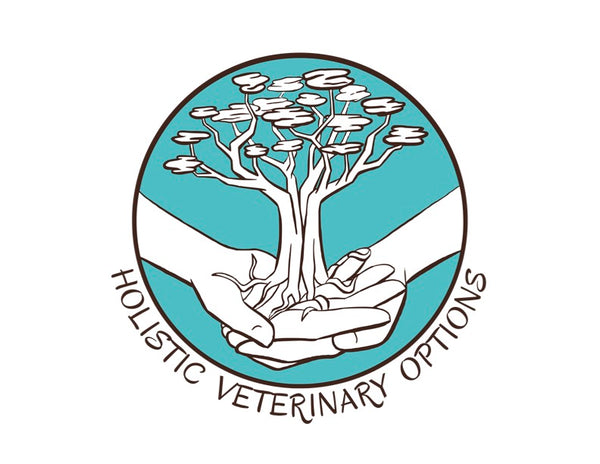I just spent three hours listening to lectures at a virtual conference. The lectures focused on the detrimental effects of glyphosate (Round-up), testing for glyphosate in urine, water and feed, and treating individuals with high exposure.
I was already on an anti-glyphosate crusade. I knew it was a carcinogen and many of our conventional grains are contaminated with glyphosate. I learned a lot more…
Glyphosates -
1- are Carcinogens (cancer causing). Studies have linked it to an increased incidence of lymphoma and bladder cancer in dogs.
2- are Antibiotics. Thus, they have negative effects on normal flora and gut health.
3- prevent plant production of alkaloids. Alkaloids in plants provide the plant and the animal eating the plant with many medicinal benefits including: blood sugar regulation, anti-inflammatory and anti-cancer effects, neurodegenerative repair and analgesic effects.
4- are a leading cause of increased bacterial antibiotic resistance in humans and animals.
5- directly disrupt the integrity of the gut wall allowing large molecules to enter the bloodstream before digestion. This leads to immune system issues (like allergies and gluten sensitivity), neurologic and cognitive effects (like anxiety and brain fog), and liver and kidney damage.
6- cause of low birthweight and premature birth plus autism and “spectrum” disorders.
This is all backed up by research papers and those references are available.
How do people and animals get exposed to glyphosates?
Exposure comes from eating contaminated food and topically from skin exposure where the chemical has been sprayed.
What foods are contaminated?
Heavy contamination - oats, wheat, barley, rye and legumes (peas, beans, lentils) that are conventionally grown.
Moderate contamination - soybeans and corn that are conventionally grown.
The average dog and horse have higher glyphosate levels in their body than the average human:
Glyphosate exposure can be measured in the urine.
Compared to humans:
Dogs have 32x more glyphosate in their urine, horses have 29x more and cats have 16x more.
Why is this?
The animal industry allows 5x more glyphosate contamination in pet food than is allowed in human food.
Canine kibble has the highest glyphosate contamination compared to human, horse or cat foods.
A bowl of dog kibble has 400x more glyphosate than the equivalent meal of raw meat. Conventional meat has very little contamination. The contamination is coming from the grain, peas, etc.
1 handful of grain-based dog TREATS has more glyphosate than 1 year of raw meat meals.
Dogs, horses and cats also get exposure from contact. They spend a lot of time with their noses to the ground.
How to prevent glyphosate exposure -
If you are eating/feeding any of the grains/legumes listed above you should buy organic, if at all possible.
Dogs also get a lot of pesticide/herbicide exposure if they spend time on sprayed lawns. It is best to keep them off of golf courses that are heavily treated with chemicals. Not only can they absorb the toxins through their skin, but they also ingest it when they lick it off their fur and paws or pick up balls and toys thrown on the contaminated surfaces.
Test your water to check for glyphosate contamination.
How to test for glyphosate -
Testing is simple. You can contact me to get a test or purchase one directly from HRI Lab.
HRI Lab kits -
https://hrilabs.org/animalstudy/
